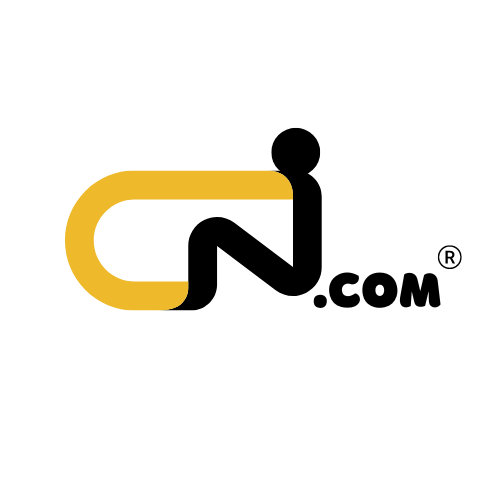Your smartphone digital camera may quickly be getting a large improve because of the ability of synthetic intelligence.
A startup is the usage of new era to pack the ability of a DSLR into telephones. Glass Imaging needs to spice up smartphone digital camera high quality the usage of deep neural networks and a brand new more or less sensor.
“By way of rethinking the optical gadget from the bottom as much as be tailored for smartphones, we controlled to suit massive CMOS sensors that accumulate round 9x extra mild than conventional designs,” Ziv Attar, the corporate’s CEO, mentioned in a information unencumber. “Our cutting-edge A.I. algorithms seamlessly right kind the entire distortions and aberrations, and because of this, smartphone symbol high quality is radically higher, up 10x.”
Smarter lenses

Attar defined in an interview with TechCrunch that up till just lately, smartphone corporations attempted to make stronger symbol high quality by way of the usage of higher sensors and wider lenses. Then again, even with noise-reduction algorithms, the ensuing imagery the usage of this system finally ends up taking a look “bizarre and faux.”
To resolve the picture high quality downside, Glass plans to position a bigger lens inside of a smartphone, however these days’s ultraslim telephones don’t have sufficient room to slot in the larger optics. So, Glass as a substitute intends to switch the facet ratio of the smartphone sensor. The corporate’s proposed approach is to leverage the ideas at the back of anamorphic lenses. Anamorphic is a filmmaking methodology of capturing for widescreen on 35mm movie or sensors. The lenses have compatibility the bigger box of view to suit on a sensor, after which the pictures is de-squeezed in postproduction to create a much wider facet ratio.
Mario Pérez, a certified photographer, mentioned in an interview that anamorphic lenses were used for years basically for cinematic productions. However these days. pictures and videography fans have get admission to to a big selection of anamorphic lenses.
“The principle get advantages those lenses carry is the power to suit a much wider attitude of view than common lenses, all inside a small, moderate digital camera sensor, with none visual distortion (equipped the video is duly processed afterward),” he added.
Pérez mentioned that it’s turn into somewhat simple to get a telephone with an ordinary lens after which connect a third-party anamorphic lens to it, which can get you most of the standard includes a cinematic anamorphic lens gives: Wider attitude of view, intense “bokeh” impact, and flares on mild assets, amongst different advantages.
“Smartphone business is evolving at a shockingly fast tempo,” Pérez mentioned. “Videographers and photographers are moving against running with smartphone cameras as those develop in specifications and function. I wouldn’t be shocked to look smartphone manufacturers equipping smartphone cameras with anamorphic lenses someday quickly, very a lot in line with how Apple added Cinematic Mode (Center of attention Shift) to iPhone 13 Pr, as an example.”
Relating to smartphone digital camera inventions, Pérez mentioned that variable focal duration is any other daring function that may make an enormous distinction when it turns into a fact. Lately, the one means smartphone cameras can be offering other focal lengths is by way of striking in combination two or extra lenses with other focal lengths. The one exceptions to which can be the Sony Xperia 1 III and and Xperia 5 III, either one of that have transferring lenses within the periscope telephoto module that offer other focal lengths. But it surely’s no doubt a rarity.
“The day a smartphone emblem will be offering us, photographers and videographers, the power to shoot with our smartphone digital camera at other focal lengths, all from one unmarried lens, that day will mark the start of a brand new technology within the business of visible content material introduction,” Pérez mentioned.
New takes at the digital camera lens
Glass isn’t the one corporate attempting to make use of new ways to make higher smartphone cameras. Researchers at Stanford College have created a brand new method that permits same old symbol sensors to look mild in 3 dimensions. Those not unusual cameras may just quickly be used to measure the gap to things.
Measuring distance between items with mild is now imaginable best with specialised and costly lidar – quick for “mild detection and varying” – methods. However the Stanford scientists wrote in a up to date paper that they got here up with an answer that will depend on a phenomenon referred to as acoustic resonance. The workforce constructed a easy acoustic modulator the usage of a skinny wafer of lithium niobate – a clear crystal this is extremely fascinating for its electric, acoustic, and optical houses – lined with two clear electrodes.
“Present lidar methods are large and ponderous, however one day, if you wish to have lidar features in hundreds of thousands of self sufficient drones or in light-weight robot automobiles, you’re going to need them to be very small, very power environment friendly, and providing prime efficiency,” Okan Atalar, the primary creator at the new paper. mentioned in a information unencumber.
Editors’ Suggestions
-
Telephones may just at some point determine you by way of your grip -
OnePlus 10 Professional vs. iPhone 13 Professional digital camera check could be very one-sided -
Apple and LG reportedly checking out 9-inch foldable shows -
Samsung Galaxy A53 5G is going on sale, will tackle iPhone SE -
Don’t cling your breath for an in-screen Contact ID on iPhones


